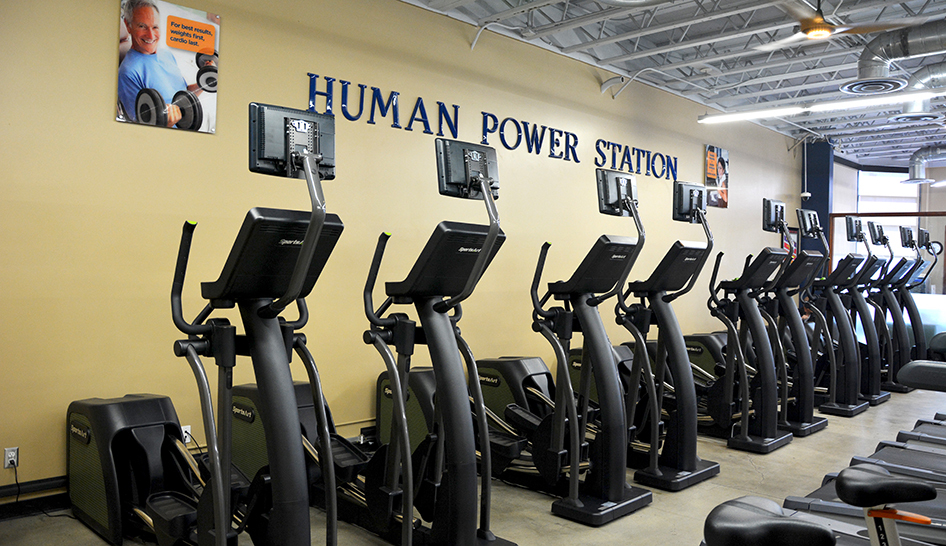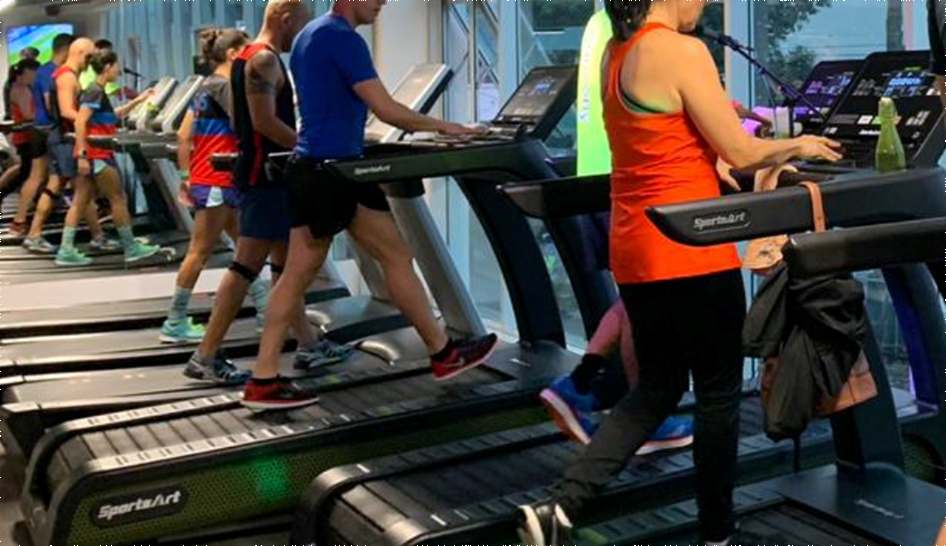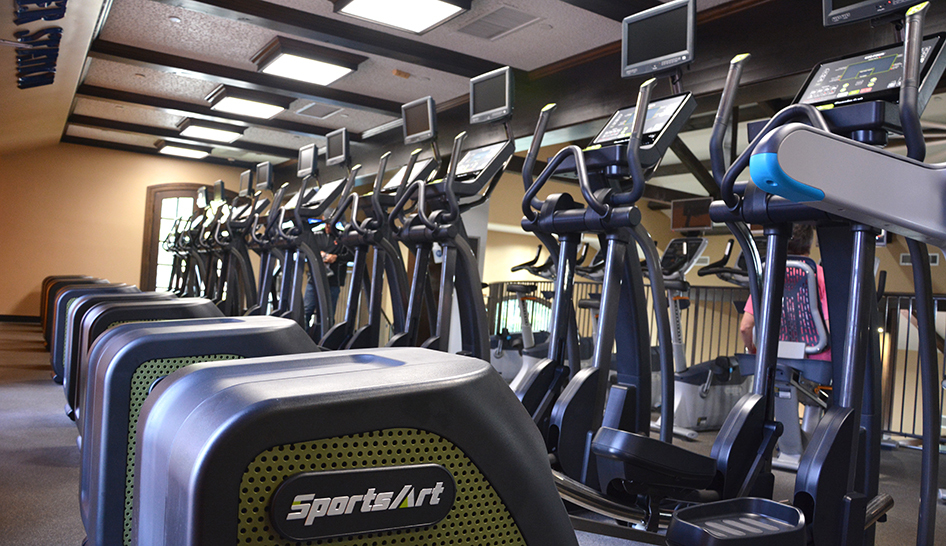Green initiatives and operating sustainably are not new topics, but, driven by both the government and corporate sectors, their profiles have risen rapidly in just the past couple of years.
Government & Corporate Interests Align
“For example, governments around the globe are taking steps to lower their carbon footprints,” notes Ruben Mejia, executive vice president, Americas, at SportsArt. “The new administration in the U.S. immediately addressed the need to combat climate change by rejoining the Paris Climate Agreement and by announcing plans to replace the government’s fleet of vehicles with electric ones. California and the UK have implemented mandates that will ban the sale of gas-powered vehicles by 2035 and 2030, respectively.”
According to EPA estimates, a typical passenger vehicle emits about 4.6 metric tons of carbon dioxide per year, and every gallon of gasoline burned creates about 8,887 grams of CO2. Those numbers alone highlight the potential positive impact that the California and UK mandates will have on the environment.
In 2015, when the United Nations’ 193 member states adopted the 2030 Agenda for Sustainable Development, they agreed to two key goals. Goal 7 ensures access to affordable, reliable, sustainable and modern energy for all, while Goal 9 aims to build resilient infrastructure, promote inclusive and sustainable industrialization, and foster innovation.
On the corporate side, businesses are clearly seeing the bottom-line benefits that sustainability presents. Accenture’s recent The Green Behind the Cloud report, which covers cloud computing and sustainability, reveals that between 2013 and 2019, companies with consistently high environmental, social and governance (ESG) performance enjoyed nearly five times higher operating margins and lower volatility than low ESG performers over the same period.
Corporate America is clearly putting its green money where its mouth is. The U.S. SIF Foundation’s 2020 biennial Report on U.S. Sustainable and Impact Investing Trends, reveals that sustainable investing assets now total $17.1 trillion, or 33% of the $51.4 trillion in total U.S. assets under professional money management—a 42% jump from 2018.


